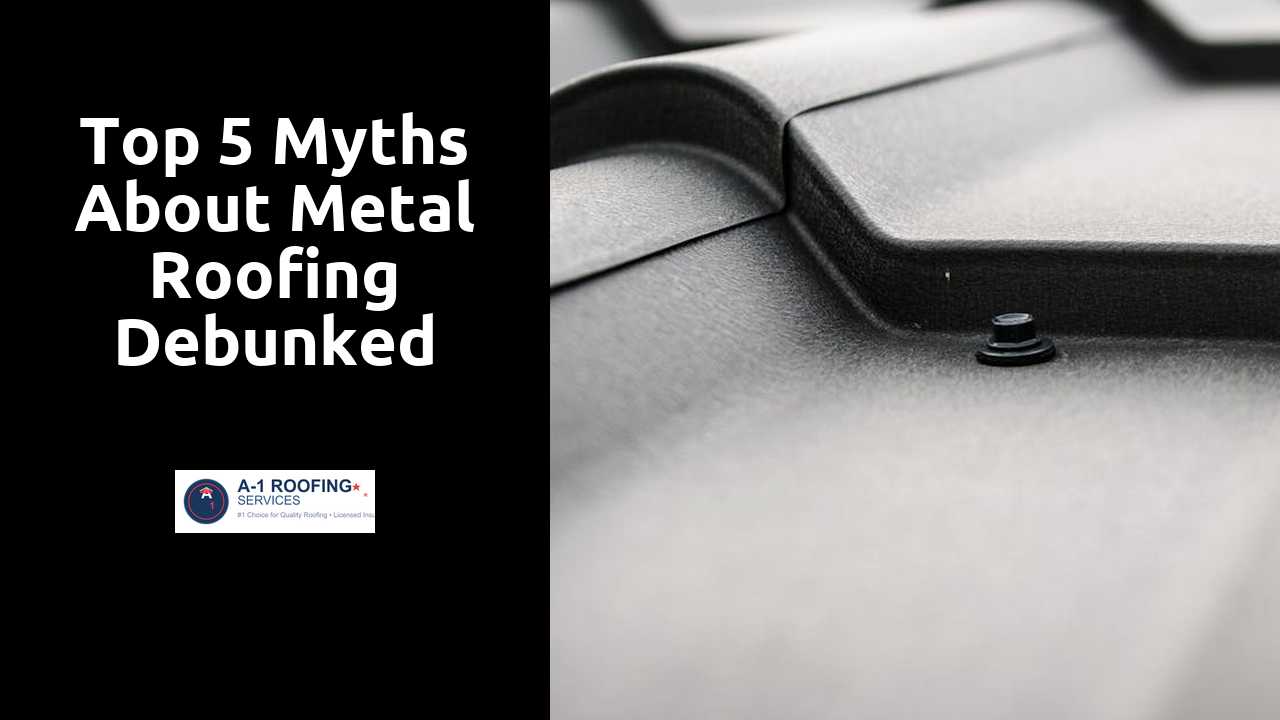
Top 5 Myths About Metal Roofing Debunked
Table Of Contents
Myth 6
Many people assume that metal roofing fits only specific architectural styles, limiting its appeal. In reality, metal roofing comes in various materials, colors, and finishes, allowing for seamless integration into any home design. Whether a contemporary, traditional, or rustic look is desired, countless options exist to match different aesthetics. Homeowners can choose from panels with smooth or textured surfaces to imitate the appearance of wood or asphalt, showcasing versatility in style.
The misconception often arises from the prominent use of metal roofs in industrial or commercial buildings. However, advancements in design have led to an increase in residential applications. Many manufacturers now produce metal roofing systems that are designed specifically for homes, offering elegant profiles that enhance curb appeal while providing durability. This adaptability makes metal roofing a viable choice regardless of architectural preference.
Versatility in Design and Aesthetics
Metal roofing is far from monotonous. There is a plethora of styles, colors, and finishes available, making it easy to find a design that complements any architectural style, from traditional to contemporary. Whether homeowners prefer sleek standing seam profiles or the classic look of metal shingles, options abound. Advanced manufacturing technologies have made it possible to mimic the appearance of other materials like wood or slate without sacrificing durability.
The aesthetic appeal of metal roofing extends beyond color and texture. These roofs can enhance energy efficiency through reflective coatings, contributing to cooler indoor temperatures and reduced energy bills. The adaptability of metal roofing isn't just functional; it also allows homeowners to express their personal style while investing in a long-lasting and resilient roofing solution.
Myth 7
Many people believe that metal roofs are more likely to attract lightning than other roofing materials. This misconception arises from the shiny, reflective surface of metal, which some assume would draw electrical charges. In reality, lightning tends to strike the highest point in a given area, regardless of the roof material. The presence of a metal roof does not increase the probability of a lightning strike.
Research shows that metal roofing, when properly grounded, is not only safe but can actually provide protection against lightning damage. Standard building codes require electrical grounding for metal structures, allowing any electrical discharge to safely travel through the roof and into the ground. This means that, rather than being a liability, metal roofs can effectively mitigate risks associated with lightning strikes.
Examining the Facts About Lightning Strikes
Many homeowners believe that metal roofs attract lightning more than other roofing materials. This notion stems from the misconception that a metal surface naturally draws electrical activity. In reality, the material does not determine whether lightning will strike a building. Lightning tends to seek out the tallest objects in an area, regardless of the roofing material.
Studies have shown that buildings with metal roofs are not any more prone to lightning strikes than those with traditional roofing options. When lightning does strike a metal roof, the energy spreads evenly across the surface and can be safely discharged into the ground. Installing a lightning protection system can further mitigate risks, making metal roofing just as safe as other types when it comes to lightning.
Myth 8
Many people believe that metal roofs need extensive upkeep compared to traditional roofing materials. This assumption often stems from a misunderstanding of metal roofing technology and its durability. In reality, metal roofs are designed to withstand various weather conditions and typically require minimal maintenance. Regular inspections and occasional cleaning are usually sufficient to ensure their longevity and performance.
Additionally, metal roofing does not suffer from issues like rot or insect damage, which can plague other roofing types. The materials used often come with protective coatings that reduce the risk of corrosion and fading over time. Homeowners may find that a metal roof can last two to three times longer than conventional options, ultimately saving time and money on repairs and replacements.
Maintenance Requirements for Longevity
Maintaining a metal roof is simpler than many homeowners imagine. Regular inspections can identify minor issues before they escalate. Cleaning debris from gutters and valleys helps prevent water buildup. Ensuring proper ventilation is crucial as it contributes to the overall life span of the roof. Routine checks for loose screws or damaged panels help keep the roof in top condition.
Unlike traditional roofing materials, metal roofs often resist common problems like mold and rot. This natural durability reduces the frequency of maintenance tasks. Regular painting or coating may be necessary to preserve aesthetics and protect against rust. Even with minimal upkeep, metal roofs can last 40 years or longer, making them a cost-effective solution in the long run.
Related Links
Fire Resistance Properties of Metal Roofing MaterialsMaintenance Tips for Longevity of Metal Roofs